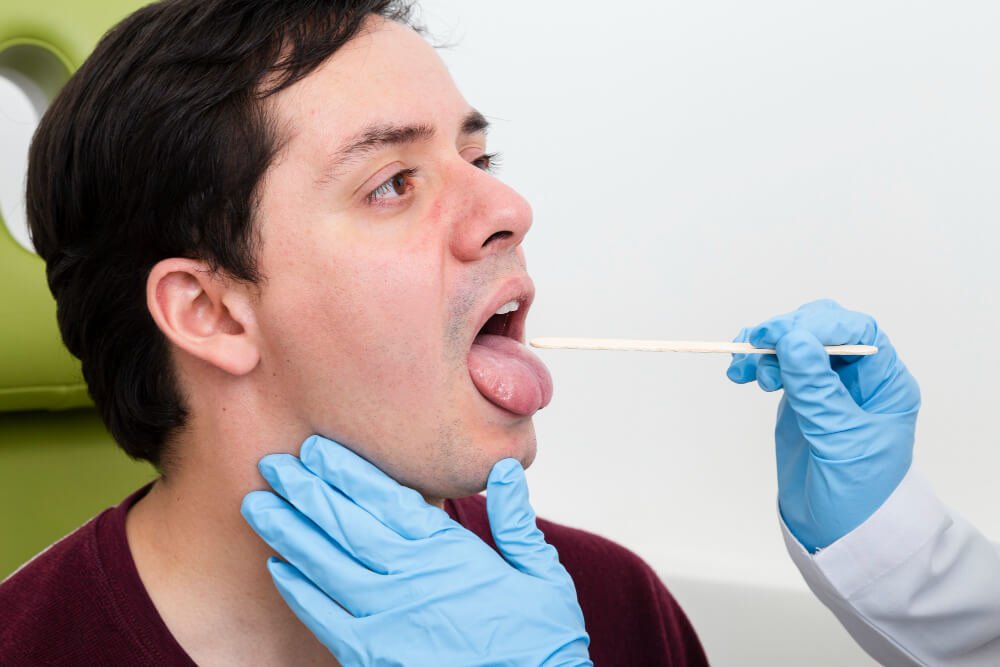Saliva drug tests have become a popular method for detecting substance use due to their convenience and efficiency. These tests are often employed in various environments, such as workplaces, schools, and law enforcement situations. As society continues to navigate issues related to substance abuse, understanding saliva drug tests is essential. They not only provide quick results but also minimize the discomfort associated with other testing methods, like blood draws or urine tests. This article will explore what saliva drug tests are, how they work, and their significance in today’s world.
What is a Saliva Drug Test?
A saliva drug test is a screening method used to detect the presence of drugs in an individual’s saliva. This type of test is gaining popularity due to its ease of use and non-invasive nature. Unlike urine tests that require collection in a specific container, saliva tests can be conducted with a simple swab from the inside of the mouth. They are designed to detect recent drug use, making them particularly useful for employers and law enforcement. This testing method provides a reliable snapshot of an individual’s substance use, which can help inform decisions about safety and compliance in various settings.
How Does a Saliva Drug Test Work?
Saliva drug tests work by collecting a sample of saliva, which is then analyzed for the presence of drugs or their metabolites. The testing process typically involves using a swab that is rubbed on the inside of the mouth for a few seconds. Once collected, the sample is either tested on-site or sent to a lab for more detailed analysis. One of the key features of saliva tests is their detection window, which generally spans a few hours to a couple of days, depending on the substance. This shorter detection period makes saliva tests ideal for identifying recent drug use, rather than long-term substance abuse.
Common Drugs Detected by Saliva Tests
Saliva drug tests can identify a variety of substances, including marijuana, cocaine, opiates, amphetamines, and benzodiazepines. The specific drugs that can be detected depend on the testing kit used. For example, most standard saliva tests can detect marijuana for up to 24 hours after use, while cocaine may be detectable for a similar timeframe. Understanding which substances can be tested for is crucial for anyone subject to testing, whether in a workplace or legal situation. Knowing the detection times can also help individuals make informed choices regarding their substance use.
Advantages of Saliva Drug Testing
One of the primary advantages of saliva drug test is its non-invasive nature. Unlike blood tests, which require needles, or urine tests, which can be uncomfortable, saliva tests are quick and easy to administer. Additionally, results can often be obtained in just a few minutes, providing immediate feedback. This speed is beneficial in scenarios like roadside checks or workplace screenings, where timely decisions are crucial. Furthermore, saliva tests can minimize the risk of sample tampering, as the collection process is straightforward and monitored. Overall, these benefits contribute to the growing acceptance of saliva drug testing in various fields.
Limitations of Saliva Drug Testing
Despite their advantages, saliva drug tests do have limitations. One significant drawback is the potential for false positives or negatives, which can occur due to factors such as recent food intake or cross-reactivity with other substances. Additionally, the shorter detection window compared to urine or blood tests means that these tests may not catch all instances of substance use. This can be particularly concerning in situations where long-term drug use history is relevant. Understanding these limitations is essential for both individuals being tested and organizations relying on these tests for decision-making.
When is a Saliva Drug Test Used?
Saliva drug tests are commonly used in various scenarios, including employment screenings, roadside testing by law enforcement, and random checks in schools. Employers may choose this method for pre-employment testing or to ensure a drug-free workplace. Law enforcement agencies often use saliva tests to assess whether a driver is under the influence of drugs during traffic stops. In educational settings, schools may conduct saliva tests to maintain a safe environment for students. The choice to use saliva testing often depends on the need for quick results and the context in which the test is being administered.
Preparing for a Saliva Drug Test
Preparing for a saliva drug test involves understanding what to expect and ensuring compliance with the testing process. Individuals should be aware of their rights and the protocols that will be followed during the test. It’s important to avoid eating, drinking, or using mouthwash shortly before the test, as these actions can potentially affect the results. Being honest about any medications or substances taken can also help clarify any unexpected findings. Knowing the testing process can alleviate anxiety and help individuals navigate the experience more confidently.
Conclusion
Saliva drug tests serve an important role in modern society, providing a quick and efficient means of detecting substance use. While they have advantages such as ease of use and rapid results, it’s crucial to be aware of their limitations. Understanding when and how these tests are used can empower individuals to make informed choices and foster a culture of safety and accountability. As awareness of substance use issues continues to grow, the relevance of saliva drug tests will likely increase, making it essential for everyone to understand their function and implications.


